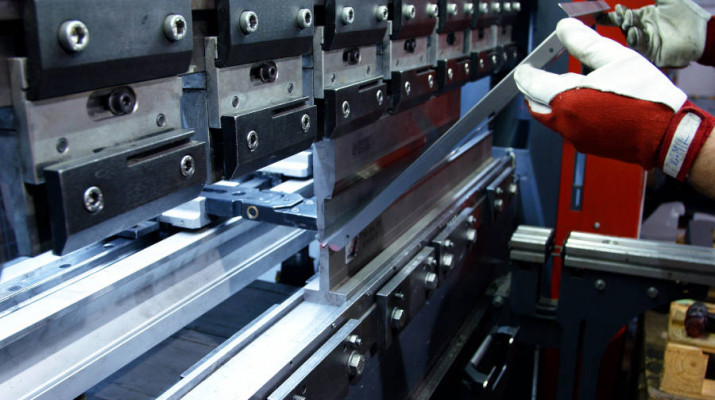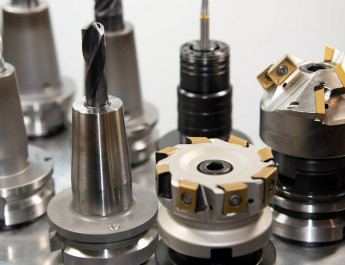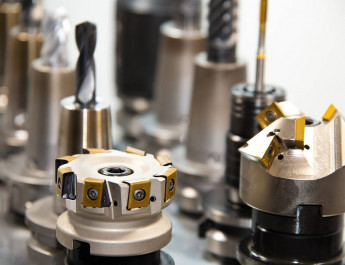Sheet metal bending is one of the key processes in the metal industry, widely used in manufacturing structural elements, casings, frames, and many other components. The efficiency and quality of this process largely depend on the properties of the material being processed. In this article, we will discuss how different material properties influence the sheet metal bending process and what factors should be considered to achieve optimal results.
1. Basic Material Properties Influencing Sheet Metal Bending
1.1. Tensile Strength
Tensile strength is one of the most critical mechanical properties, determining a material’s ability to withstand deformation under tension. Materials with high tensile strength, such as stainless steel or high-carbon steels, require greater bending forces, potentially leading to increased tool wear and the necessity for stronger machinery.
1.2. Yield Strength
Yield strength is the stress level at which a material begins to deform permanently. Higher yield strength makes the material more challenging to bend but also reduces the risk of cracking and damage during bending. Materials with lower yield strength, like aluminum, are easier to process but may be more prone to permanent deformation.
1.3. Elongation
Elongation indicates how much a material can stretch before breaking. Materials with high elongation, such as copper or certain aluminum alloys, are more flexible and withstand the bending process better, reducing the risk of cracking. Conversely, materials with low elongation, like high-carbon steels, may be more prone to cracking during bending.
1.4. Hardness
Material hardness affects resistance to surface deformation. Hard materials, like tool steel, require greater bending forces and may accelerate tool wear. On the other hand, softer materials, such as aluminum, are easier to process but can be more susceptible to surface damage.
1.5. Anisotropy
Anisotropy refers to variations in mechanical properties depending on the direction of processing. For sheet metals, anisotropy can result in uneven bending, leading to undesirable effects such as springback or uneven stress distribution.
2. Influence of Material Type on the Bending Process
2.1. Carbon Steel
Carbon steel is one of the most commonly used materials in sheet metal bending. Its moderate tensile strength and yield strength make it relatively easy to process. However, depending on carbon content, precise bending parameters must be selected to avoid cracking and deformation.
2.2. Stainless Steel
Stainless steel features high tensile and yield strength, making it more challenging to process compared to carbon steel. It also tends to exhibit springback, necessitating corrections to the bending angle. High-hardness tools are essential to minimize wear when working with stainless steel.
2.3. Aluminum
Aluminum is lightweight and relatively soft, making it easy to work with. However, due to its low yield strength, aluminum can be susceptible to permanent deformation and surface damage. Appropriate tools and bending techniques must be used to avoid scratches and dents.
2.4. Copper and Copper Alloys
Copper and its alloys, such as brass, exhibit high elongation and good plasticity, facilitating easier processing. However, due to their lower hardness, copper materials may be prone to surface damage during bending. Smooth-surface tools are essential to minimize potential damage.
3. Factors Affecting Bending Quality
3.1. Tool Selection
Choosing suitable tools is crucial for achieving high-quality bends. Tools should match material properties to minimize wear and risk of damage. For hard materials, like stainless steel, using high-speed steel or carbide tools is recommended.
3.2. Bending Parameters
Parameters such as force, angle, and bending radius must be precisely tailored to the material’s properties. Excessive force can cause cracks, whereas insufficient force can result in incomplete bending. The bending radius should align with material thickness and properties to prevent cracking and deformation.
3.3. Springback
Springback refers to the partial return of material to its original shape after removing the bending force. In materials with high yield strength, like stainless steel, springback can be significant, requiring adjustments to the bending angle. Techniques such as pressing or precise parameter adjustments can minimize springback.
3.4. Coatings and Surfaces
For materials with protective or decorative coatings, maintaining surface integrity during bending is essential. Using appropriate tools and bending techniques helps avoid surface damage like scratches or dents.
4. Summary
Sheet metal bending is a complex process influenced by numerous factors, among which material properties play a critical role. Understanding the impact of properties such as tensile strength, yield strength, elongation, hardness, and anisotropy allows for process optimization and high-quality outcomes. Selecting appropriate tools, precisely setting bending parameters, and considering phenomena like springback are essential for ensuring the efficiency and quality of the process.
In the metal industry, where precision and quality are crucial, comprehending how material properties affect sheet metal bending is indispensable. By choosing suitable materials and processing techniques, it is possible to achieve optimal results while minimizing costs and the risk of damage.




